
Yamaha YZF-R7 vs Triumph Daytona 660 Image Comparison: Auto Expo 2025
- Jan 23, 2025
- Views : 1443

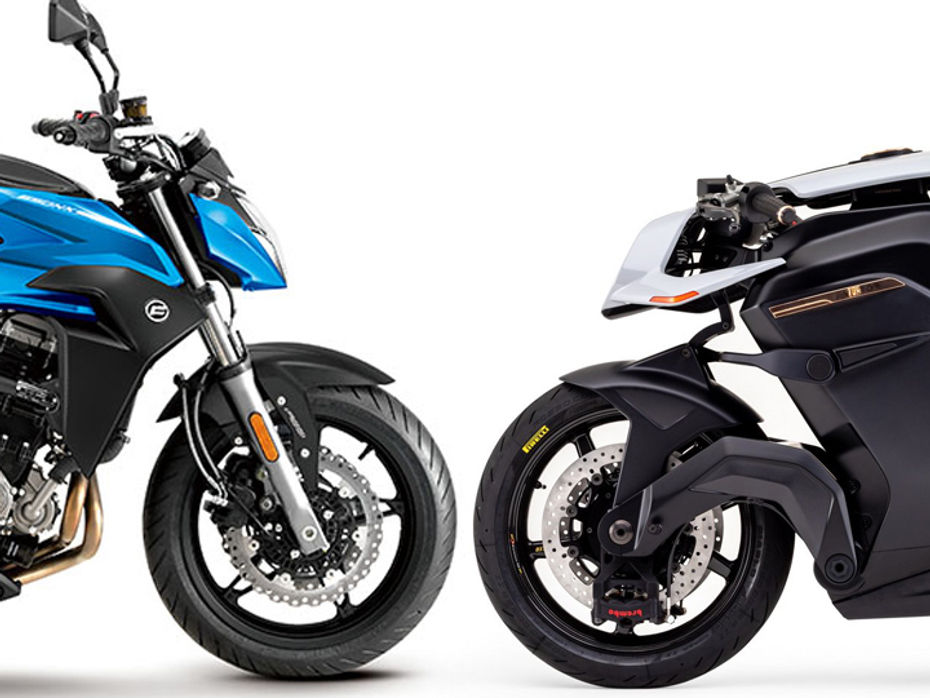
Conventional steerings on motorcycles comprise either telescopic forks or upside-down forks, both of which are widely used on bikes these days. There is, though, a third steering assembly (hub steering) that’s usually considered taboo or pure witchcraft by the uninformed. Today, we’re here to shed some light on the differences between the former and the latter, and how a bike benefits from either type.
Conventional Steering:

To begin with, let's get the basic working of a fork out of the way. A motorcycle fork comprises a spring and a damping unit inside. The springs offer compression, while the dampers, with the help of oil, control its velocity. In essence, both telescopic forks and USD forks have almost similar working components.
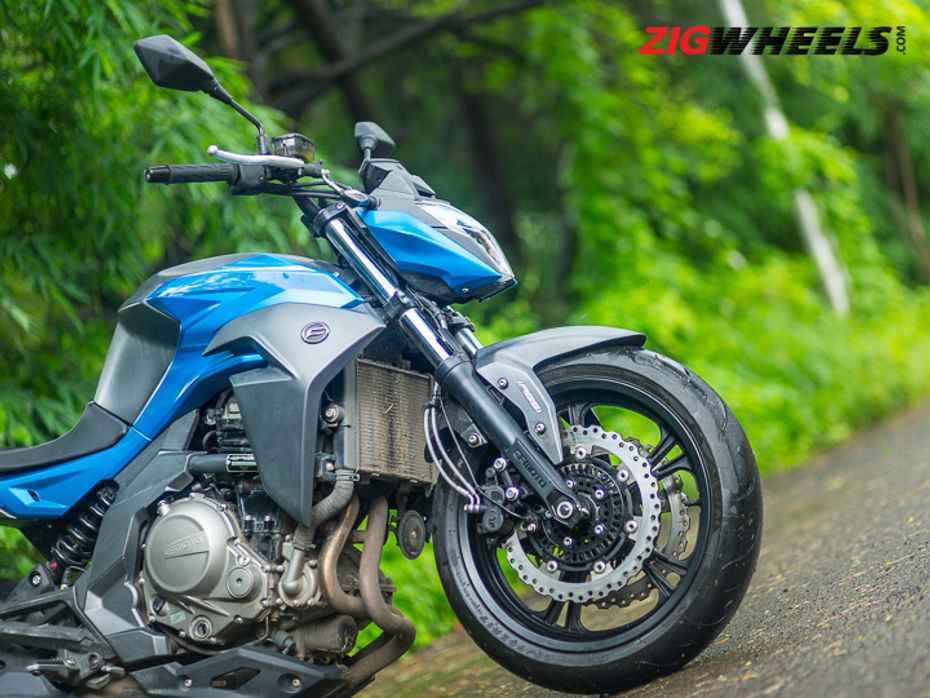
Telescopic forks are the most common solution on modern budget bikes, but aren’t perfect design solutions. The fork angle and leverage tend to exert powerful forces on the yoke or steering head of the chassis, thereby creating a demand for heavy, bolstered frames. As a result, the bike dives forward under heavy braking forces, causing the steering geometry to change and reduce suspension travel which deals with bumps, all the while maintaining traction.
Granted, the setup is quite orthodox and has its flaws, but it’s cheaper to manufacture and easier to maintain in the long run.
Hub Steering:
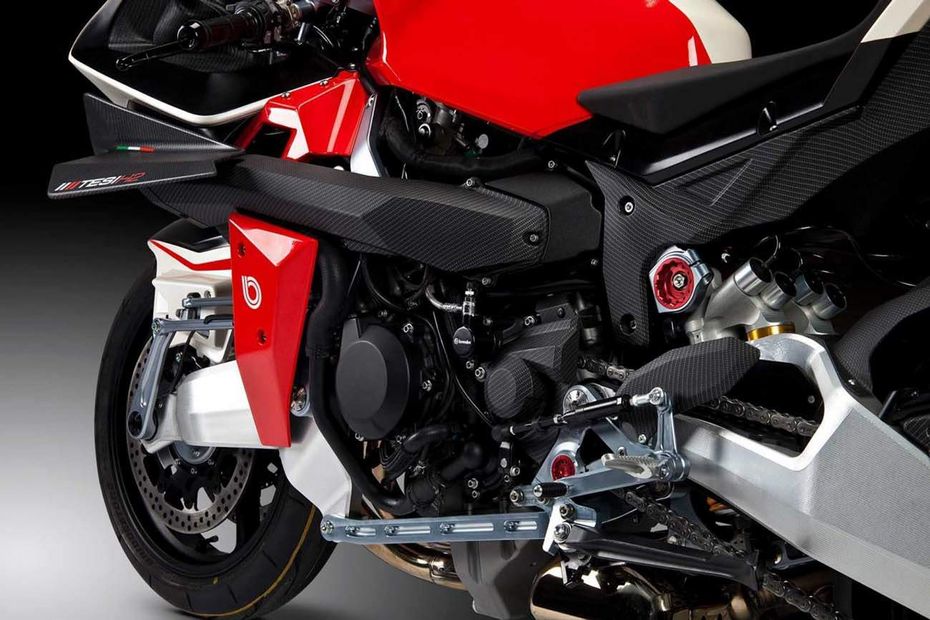
the automobile community
Unlike conventional steerings, a hub steering provides a complete vertical steering axis for the front wheel instead of an angled one. This makes for more direct and responsive steering.
The Bimota Tesi H2 uses such a unique contraption. It’s also one of the reasons why Bimota earned its name. To elaborate, a wheel hub pitches back and forth on a central pivot, pushed by two large steering arms actuated by the handlebar.
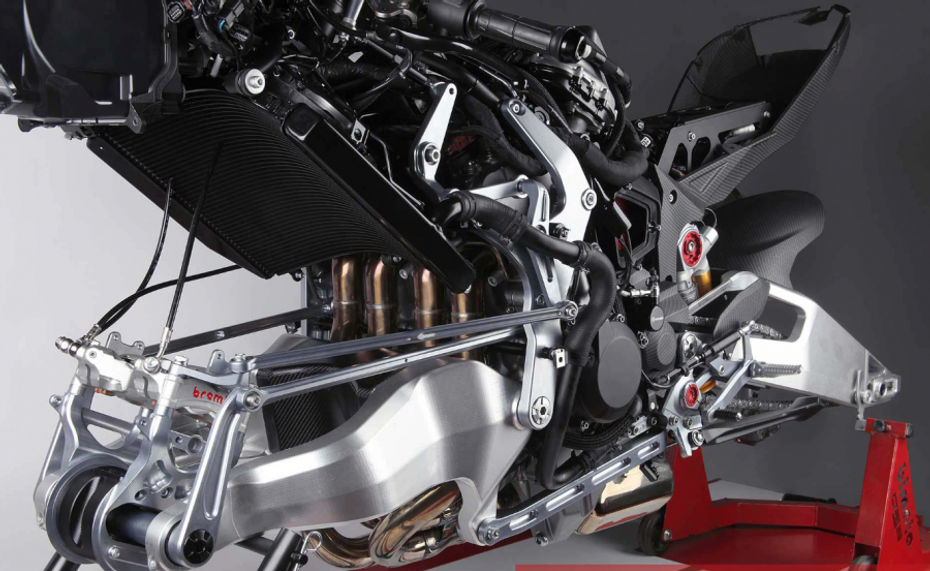
To break it down, the handlebar connects to the front steering or swingarm via various complex linkages. There’s a pull-and-push rod on either side of the centre-hub connected by a fixed arm that helps steer the bike. The setup also has a second pair of rods, which are static and ensure the axle stays level with the rest of the bike.
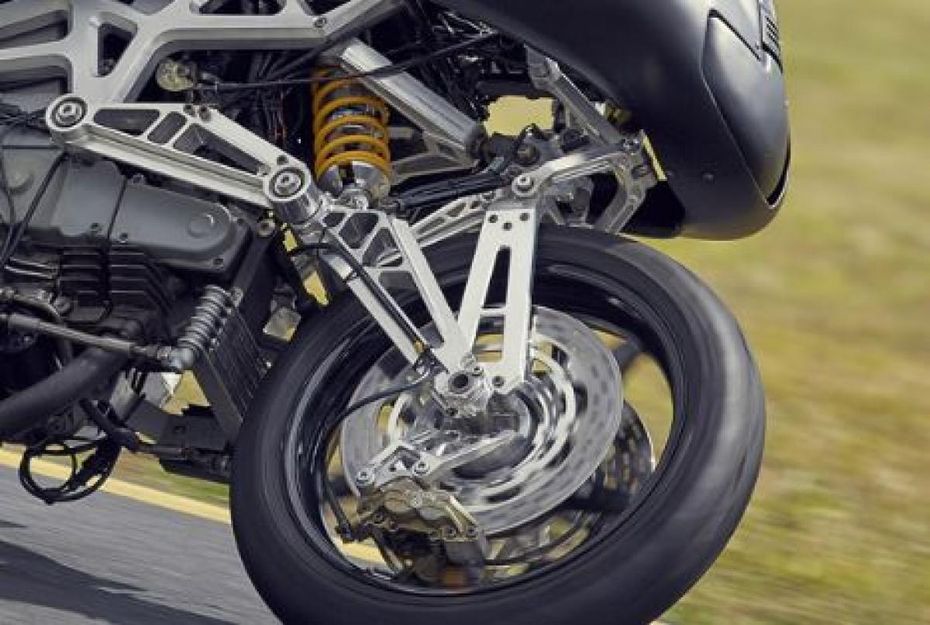
A centre hub steering system does not dive as much as a conventional telescopic fork. In fact, it pushes braking forces more efficiently back into the chassis instead of transferring bending forces on a pair of forks. It offers an almost supernatural ride experience with huge amounts of confidence be it in braking performance in mid-corner or on sharp corners.
While a hub steering has its clear advantages, it is costlier to manufacture. Also, the complex system is more expensive to maintain and can only be fixed by an expert hand.
Well, that’s that for the two setups and their respective performances. If you have any questions, do feel free to hit us up in the comment section below.

Yamaha YZF-R7 vs Triumph Daytona 660 Image Comparison: Auto Expo 2025

Hero Xtreme 160R 2V vs TVS Apache RTR 160 2V vs Bajaj Pulsar N150

Yamaha R3 vs KTM RC 390 vs Aprilia RS 457 vs Kawasaki Ninja 400:...

Royal Enfield Himalayan 450 vs Triumph Scrambler 400 X vs KTM 390...

Honda CB300R vs TVS Apache RTR 310: Specs Compared

Triumph Scrambler 400 X vs Yezdi Scrambler vs Royal Enfield Scram...

3 Of India’s Best Small Capacity Retro-roadsters Compared

3 Retro Roadsters Battle It Out!

Kawasaki Eliminator 400 vs Honda Rebel 500: Specifications Comparison

2024 TVS Jupiter 110 vs Ather Rizta | The Best Family Scooter Is…
India's largest automotive community
 Keeway K300 SF
Rs. 1.69 Lakh
Keeway K300 SF
Rs. 1.69 Lakh
 2025 Honda Activa
Rs. 80,950
2025 Honda Activa
Rs. 80,950
 Royal Enfield Scram 440
Rs. 2.08 Lakh
Royal Enfield Scram 440
Rs. 2.08 Lakh
 Honda Livo
Rs. 83,080
Honda Livo
Rs. 83,080
 BMW R 1300 GS Adventure
Rs. 22.95 Lakh
BMW R 1300 GS Adventure
Rs. 22.95 Lakh